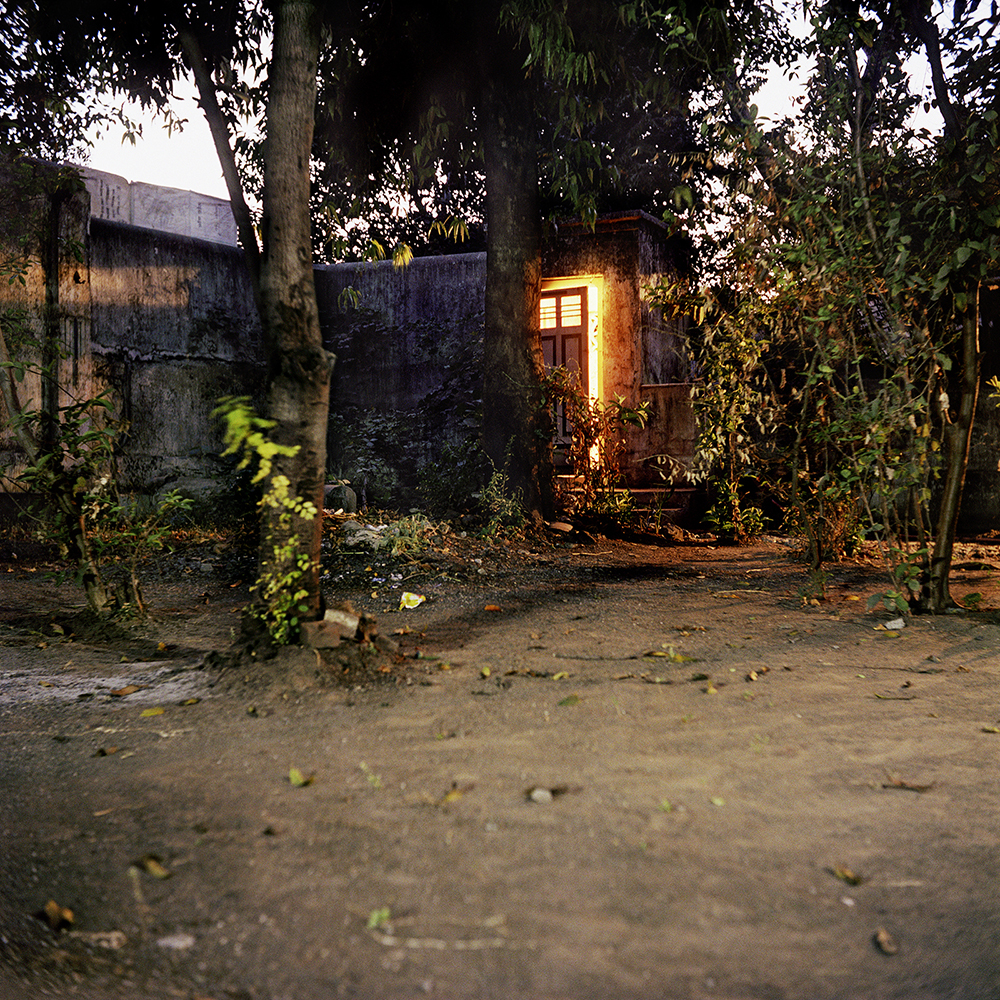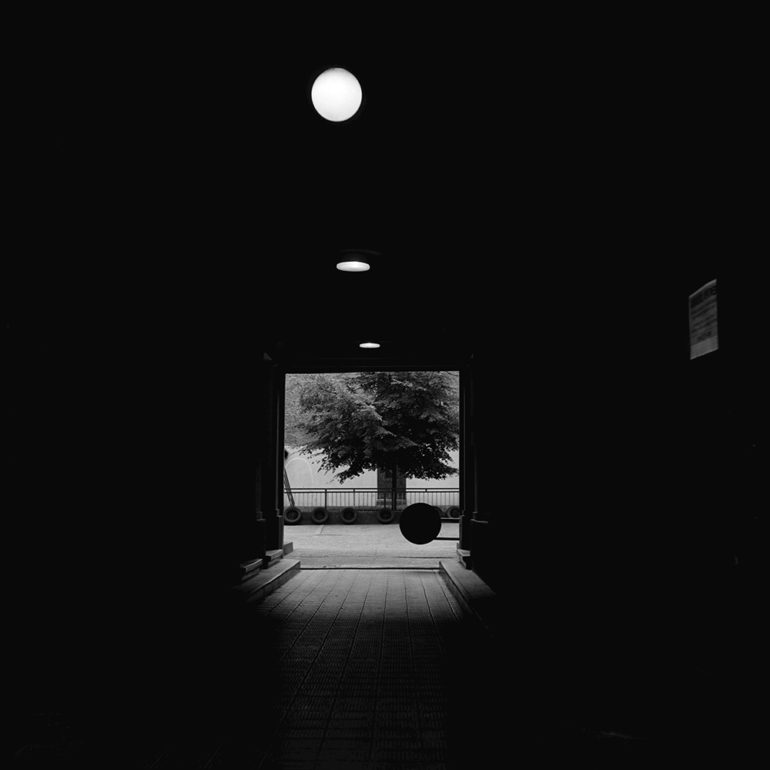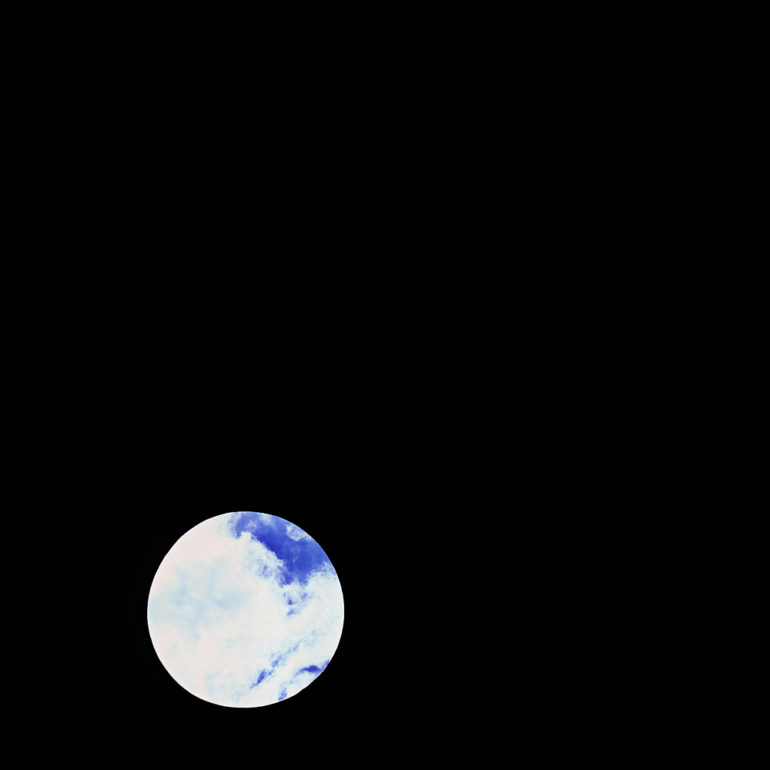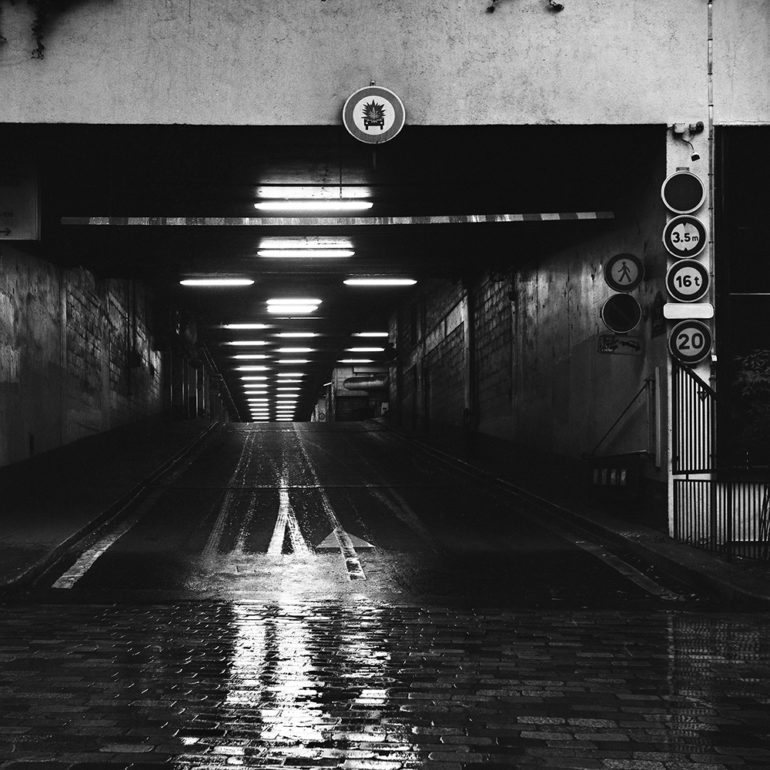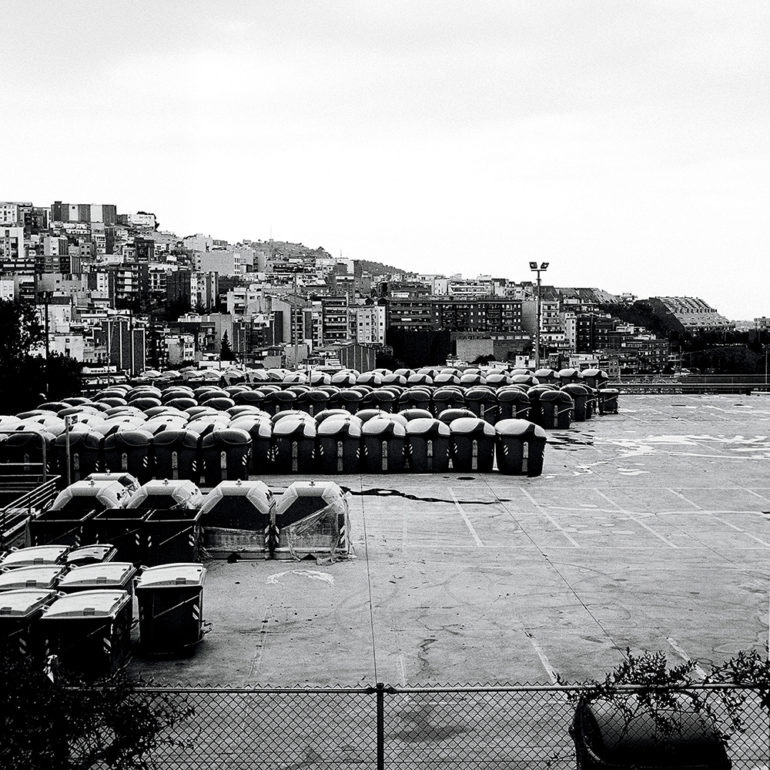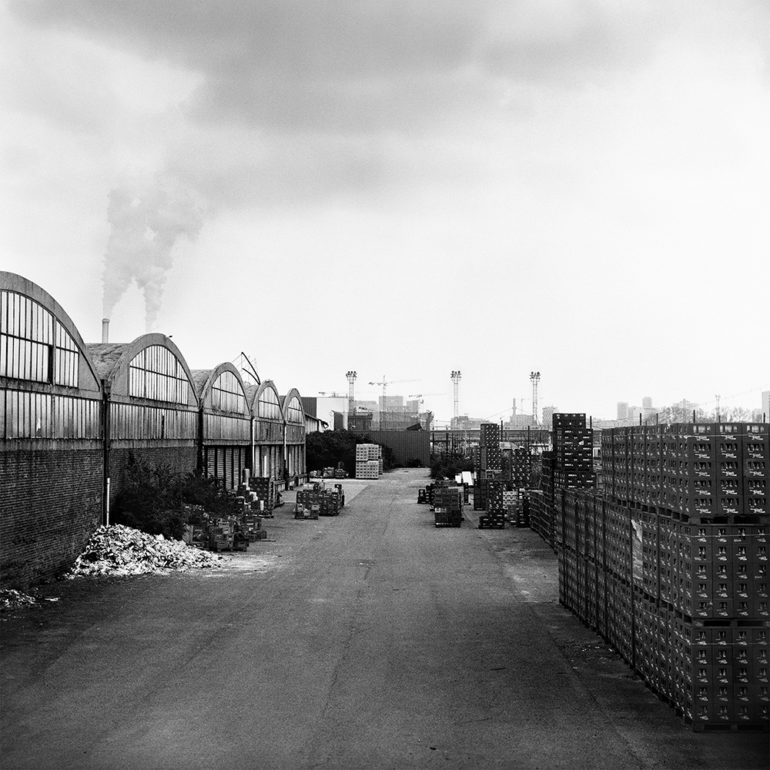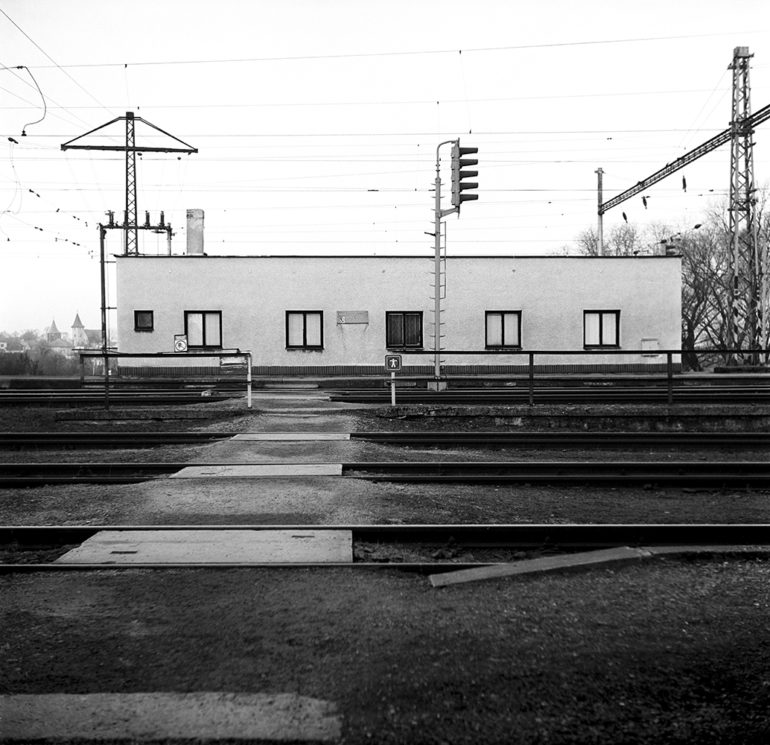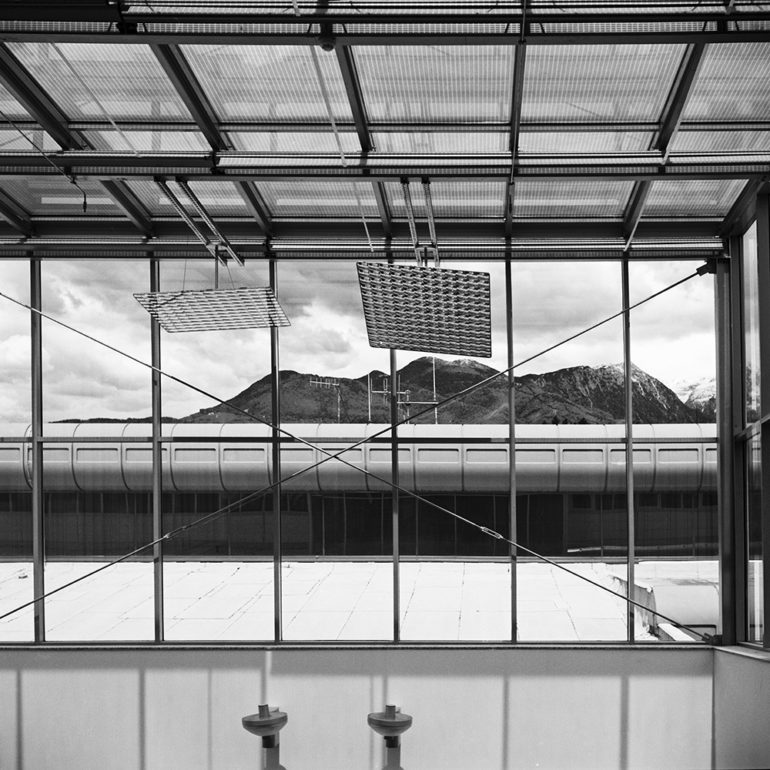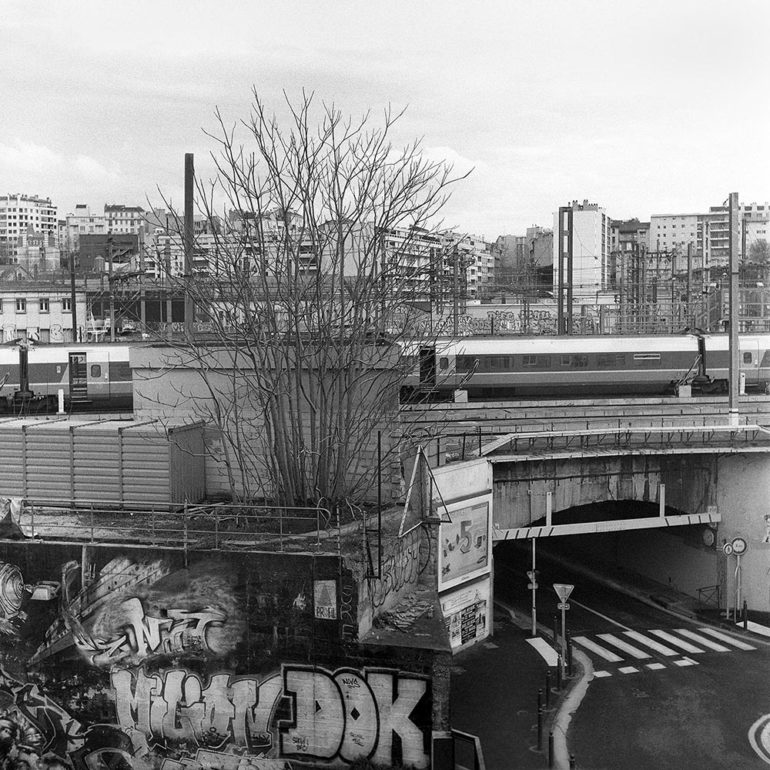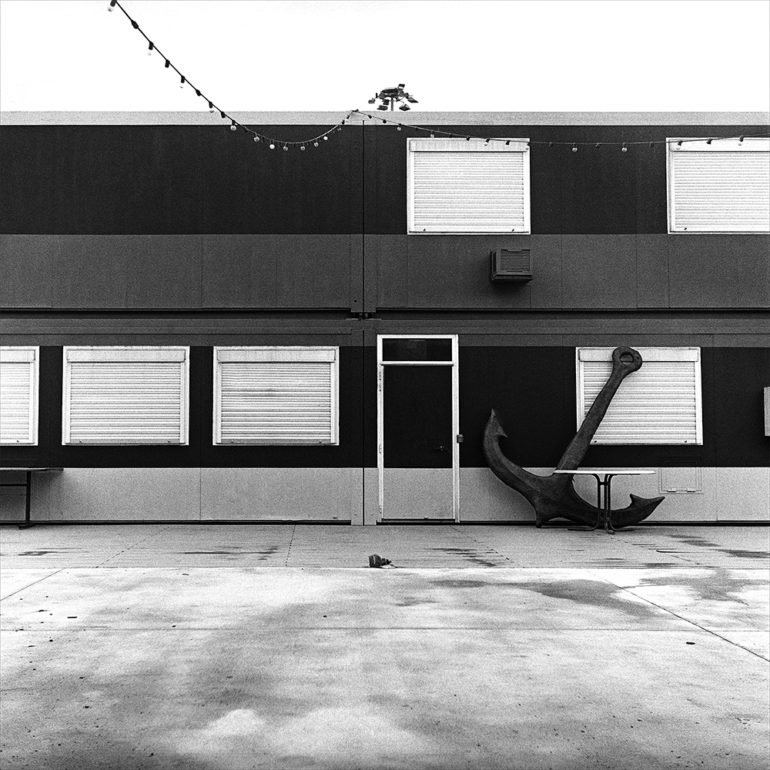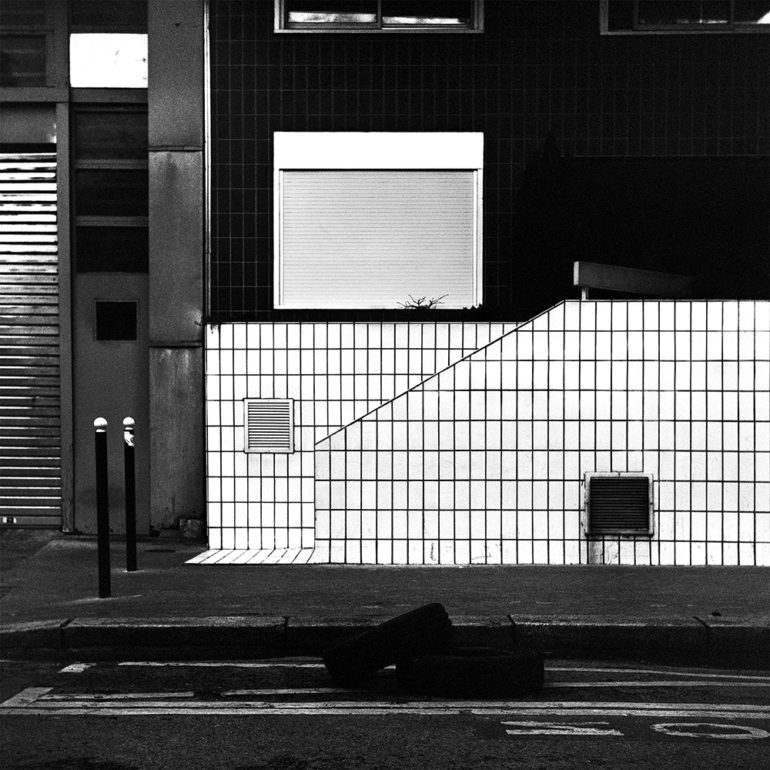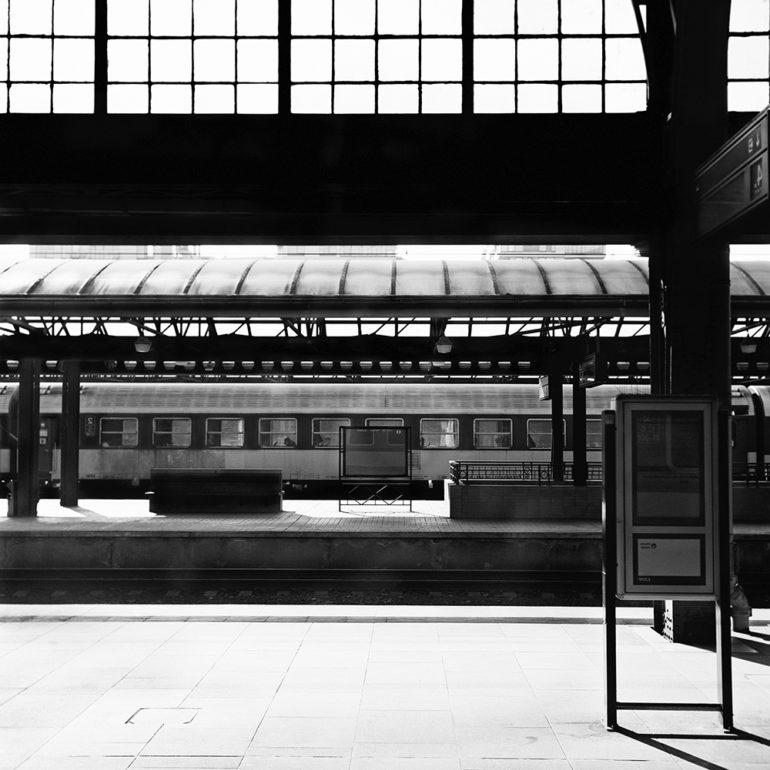Last Updated on 05/01/2017 by Chris Gampat
All images by Kaamna Patel. Used with permission.
Photographer Kaamna Patel is based in Mumbai–where she returned after working for five years in Paris. “I am interested in themes of identity & globalisation, putting the world and myself under scrutiny, an objectivity facilitated by a lifestyle of constant travel.” she says. “I usually shoot with a Beautyflex 6×6 camera.” Yup, that’s right, she’s an analog photographer. Like many others, Kaamna has fantastic work surely worth being featured here on the website. So here’s her submission.
My name is Kaamna, and I am a photographer currently based in Mumbai, my home city. I lived and worked in Paris for 5 years from 2010 – 2015, where I received a scholarship to study photography at Parsons Paris, now called Paris College of Art. Fascinated by the many possibilities of photography, both traditional & modern, I use the medium as my tool to experience life. I am interested in themes of identity & globalisation, putting the world and myself under scrutiny, an objectivity facilitated by a lifestyle of constant travel. I usually shoot with a Beautyflex 6×6 camera. It’s my magic box – when I look down into it, everything I see on the ground glass is magically transformed into an organised whole. I like shooting film, particularly with this camera, for many reasons – the process is slow, and for someone who grew up in the digital world it was very important for me to slow down and think about my process which the limitations of the number of frames, and non-immediacy of the medium allowed for. I love developing and scanning the films after I come back from a trip weeks later. The images are like a visual diary for me, so when I look at them a while after they have been shot, I feel like I’m reliving the moment but also discovering thoughts and emotions that I may not have recognised at the time of shooting. And lastly, it is very un-intrusive while shooting portraiture – I don’t have it in front of my face so I can engage my subjects, and it is very quiet so the shutter doesn’t disturb the dynamic. I almost always shoot on Tri-x 400 120mm, or Ektar 100 120mm. Occasionally I like to use hp5 35mm on my Leica minilux, pushed a stop or two. The prints are scanned and pigment printed , often using the Pietzography method for black and whites. When I shoot digitally, I use everything from the screenshot to a broken iPhone. On the job I shoot with a Nikon D610 with 50mm f/1.4 and 85mm f/1.4 lenses.
I have had the opportunity to exhibit my work in India, Nepal & Paris as part of both, solo & group shows as well as festivals, since 2009. In 2013, I self-published my first book called ‘Preludes’, which was launched at a solo exhibition at The Art Loft, Mumbai. The book is now sold out. In 2014 I published ‘Apparitions’, a self-published, limited edition collectible photobook with a special edition of 5 which includes a print on washi paper. Apparitions is currently available at La Chamber Claire in Paris, Tipi bookshop in Brussels & Artazzart in Paris. In addition to that, I have had the opportunity to contribute to publications such as Elle Norway & India, The Rough Guides UK, Conde Nast Traveler India, Vogue India, Motherland magazine, to name a few. I am fascinated by the possibilities of the photographic medium, both analog & digital.
Why did you get into photography?
I always wanted to be a writer. I graduated with a degree in English Literature from Mumbai University, but words were never a medium I was completely comfortable with. Half way through my degree, in my mid-teens, I remember looking around and seeing things (usually harsh, abstract shadows) and thinking ‘I wish I could take a photo of that’. The feeling would usually pass, and I’d forget, but after a while it got persistent and I finally convinced my mother to get me an olympus, semi-pro camera for my 18th birthday. I never looked back since. Although, the very first traces of an interest in photography cropped up when I was 13 and on a family trip where I ‘wasted’ a roll of 35mm Kodak Gold taking photos of building and details of buildings instead of my family. It’s odd, but I still take the same kind of photos often.
What Photographers are your biggest Influences?
I would say Robert Adams, Wolfgang Tillmans, Thomas Ruff, Philip Lorca DiCorsia, William Eggleston, and more recently Dayanita Singh. Oh, and Farrokh Chothia was one of the photographers who taught me.
How long have you been shooting?
I would say around 5-6 years, my first gig was photographing concerts at a local jazz club in Mumbai in 2009.
Why is photography & shooting so important to you?
It’s like a catharsis, a way to channel my crazy and make sense of my time on earth I suppose. All of us have these big questions in our minds, anxieties or desires to experience life in a particular way. Photography allows me that freedom, and one image can pack in a book-worth of thoughts & emotions. I think I would have been a miserable wreck if I hadn’t discovered photography.
Do you feel that you’re more of a creator or documenter? Why?
I would say creator. Even though a lot of my work is conceptual documentary, I am creating the documents and they will always represent my vision of the scene, no matter how unbiased I try to be. I think documenters are creators, the two are not mutually exclusive.
What’s typically going through your mind when you create images? Tell us about your processes both mentally and mechanically?
I usually take photos of spaces that have quieted down, or taken on a different persona for that second. I want to catch that fleeting world, the moment of silence, and fix it on a negative so that it becomes a kind of reality. Because I use the beauty flex, I take my time to think about how the place makes me feel, to evaluate the light, and then click. And then forget about it until its developed and I can re-live it.
Want to walk us through your processing techniques?
These days I give it to a lab as chemicals and space is hard to come by in India. When I used to process my own film, I would usually use D-76 concentrated or X-tol if I wanted more of a punch to my negatives.
What makes you want to shoot film over digital at any given time?
I like the physicality of it, the fact that I consciously shoot each frame instead of the mindless trigger-happy approach of 35mm digital. However, I think film & digital both have their advantages, and the subject determines which medium is best for it.
Also be sure to check out Kaamna’s work on Instagram.


